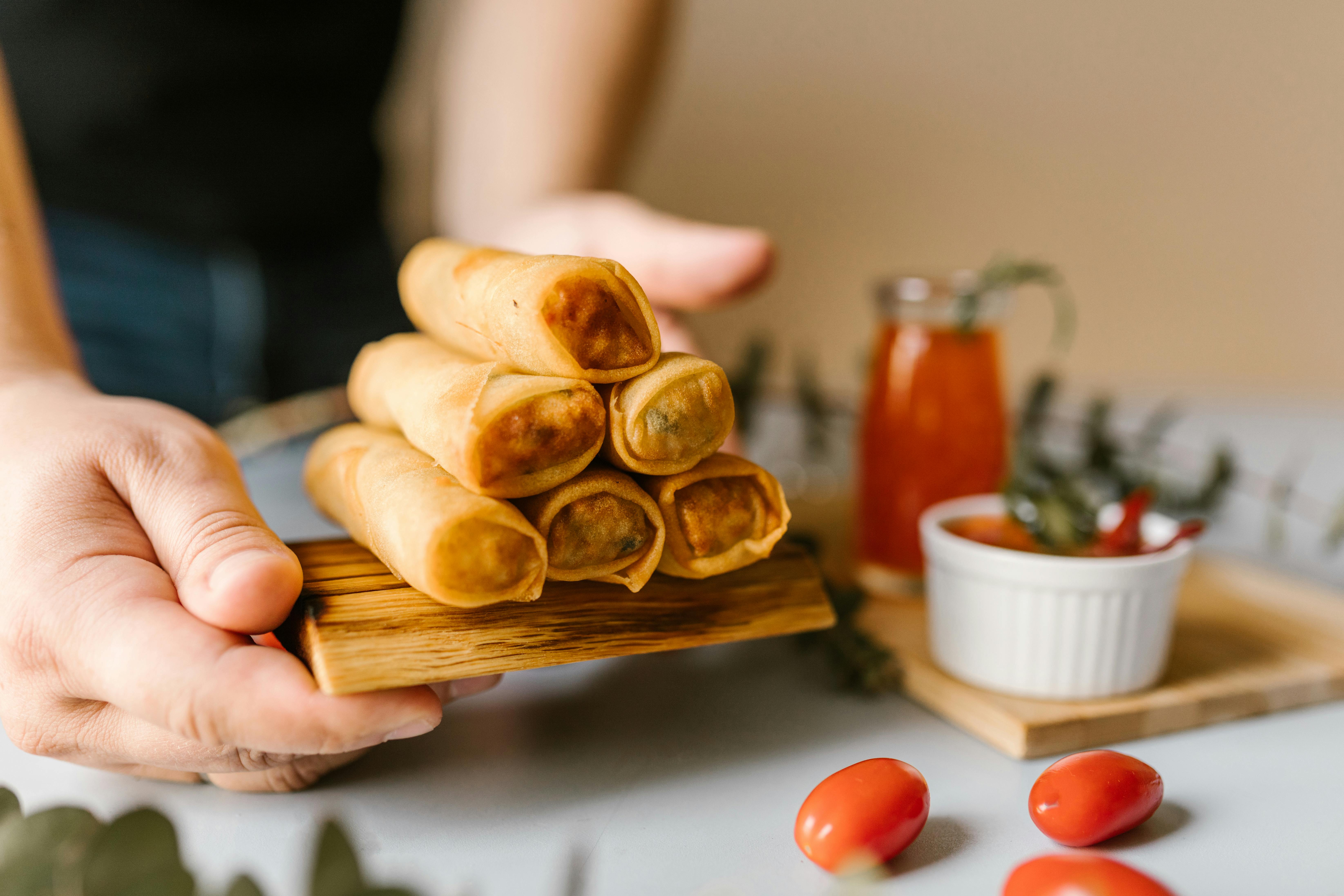Discover the Unsung Hero of Asian Cuisine: Indonesian Food
Indonesian cuisine, with its vibrant flavors and rich cultural history, is one of the lesser-known gems of the culinary world. Despite being overshadowed by its popular neighbors like Thai and Vietnamese cuisines, Indonesian food offers a unique culinary journey that's worth exploring.

A Melting Pot of Flavors
Indonesia, an archipelago of over 17,000 islands, is home to a myriad of cuisines. Each region has its own distinctive dishes, influenced by local ingredients and culture. From the spicy and tangy flavors of Sumatran food to the aromatic and sweet tastes of Javanese cuisine, Indonesian food is a melting pot of diverse flavors.
Signature Indonesian Dishes
The staple food in Indonesia is rice, served with a variety of side dishes. Nasi Goreng, a flavorful fried rice dish, is a national favorite. Satay, skewered and grilled meat, is another popular dish, often served with a sweet and spicy peanut sauce. And then there’s Rendang, a slow-cooked beef dish simmered in a rich and spicy coconut milk sauce, voted as one of the world’s most delicious foods.
The Art of Indonesian Cooking
Indonesian cooking is a careful balance of flavors, combining sweet, sour, spicy, and salty. Fresh ingredients like chilies, lemongrass, galangal, and coconut milk are used extensively. Traditional cooking methods, such as grilling or slow-cooking, are often used to bring out the flavors of the ingredients.
Drinks and Desserts
Indonesian beverages and desserts are equally delightful. Bandrek, a warm and spicy ginger drink, and Es Teler, a colorful fruit cocktail, are popular drinks. For dessert, there’s Klepon, sweet rice balls filled with palm sugar, and Pisang Goreng, deep-fried bananas served with a dusting of sugar.
Noteworthy Facts and Tips
- Indonesian staple spices include shallots, garlic, tamarind, turmeric, and ginger.
- Most dishes are served at room temperature, which enhances the flavors.
- Indonesian food is often enjoyed family-style, with several dishes shared among everyone at the table.
- The traditional Indonesian dining etiquette involves using your right hand to eat, as the left hand is considered impure.
Indonesian cuisine, with its myriad of flavors and dishes, offers a culinary journey that’s both exciting and enriching. Its diversity reflects the country’s rich cultural heritage, where each dish tells a story. So next time you’re looking to explore new flavors, venture into the world of Indonesian food – it might just become your new favorite cuisine.




